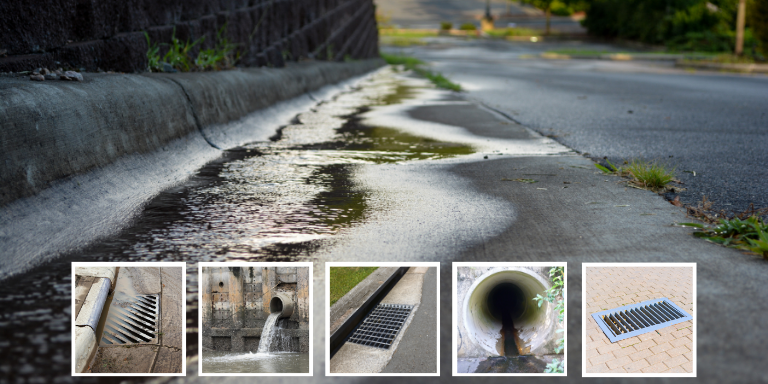
Minneapolis, the vibrant metropolis nestled along the banks of the Mississippi River, boasts a rich cultural tapestry and a bustling economy. However, like many cities, Minneapolis faces the looming threat of flooding, exacerbated by climate change and urban development. In recent years, severe storms have inundated neighborhoods, causing property damage and disrupting daily life. To safeguard against such disasters, it’s crucial for residents and authorities alike to adopt proactive measures. Here are six indispensable tips to reduce flooding risks in Minneapolis, MN.
1. Embrace Green Infrastructure:
One of the most effective strategies for flood mitigation involves the implementation of green infrastructure. Green roofs, permeable pavements, and rain gardens are all examples of nature-based solutions that absorb rainwater and reduce runoff. By integrating green spaces into urban environments, Minneapolis can enhance water retention, alleviate pressure on stormwater systems, and mitigate flooding risks. Encouraging homeowners and businesses to invest in such infrastructure can yield long-term benefits for the entire community.
2. Enhance Stormwater Management:
Effective stormwater management is essential for minimizing flooding in urban areas. Minneapolis can achieve this by upgrading its drainage systems, expanding retention ponds, and investing in innovative technologies like smart sewers. By optimizing the capacity and efficiency of stormwater infrastructure, the city can better cope with heavy rainfall events and prevent excess water from overwhelming streets and properties. Collaborating with engineering firms and environmental experts can facilitate the development of robust stormwater management plans tailored to Minneapolis’s unique needs.
3. Promote Flood-Resistant Construction:
Building resilient structures is paramount in flood-prone regions like Minneapolis. Encouraging the adoption of flood-resistant building codes and practices can safeguard properties against water damage and reduce the financial burden of flood-related repairs. Elevated foundations, waterproof materials, and strategic landscaping are just a few strategies that can enhance a building’s resilience to flooding. By incentivizing developers to prioritize flood-resistant construction methods, Minneapolis can foster a more resilient built environment that withstands the impacts of extreme weather events.
4. Preserve Natural Floodplains:
Preserving and restoring natural floodplains is critical for mitigating flood risks in Minneapolis. These expansive areas adjacent to rivers and streams serve as natural buffers, absorbing excess water during periods of high flow and reducing the intensity of floods downstream. By conserving floodplains through zoning regulations and land-use policies, the city can prevent encroachment and maintain vital ecological functions. Additionally, reforestation efforts can further enhance the flood-mitigation capacity of these valuable habitats, while also providing habitat for wildlife and enhancing recreational opportunities for residents.
5. Foster Community Resilience:
Building community resilience is essential for effectively managing flood risks in Minneapolis. Empowering residents with knowledge and resources enables them to take proactive measures to protect their homes and neighborhoods. Educational campaigns, emergency preparedness workshops, and neighborhood associations can play a crucial role in raising awareness about flood risks and fostering a culture of resilience. Encouraging collaboration between residents, businesses, and local government agencies strengthens the community’s ability to respond to and recover from flooding events, promoting greater social cohesion and collective action.
6. Invest in Early Warning Systems:
Timely and accurate information is vital for effective flood preparedness and response. Investing in early warning systems, such as flood monitoring networks and alert mechanisms, can provide residents and emergency responders with advance notice of impending floods, allowing them to take necessary precautions and evacuate vulnerable areas. Leveraging technology, such as real-time sensors and predictive modeling, enhances the accuracy and reliability of flood forecasts, enabling more informed decision-making. By prioritizing the development and maintenance of robust early warning systems, Minneapolis can improve its resilience to flooding and protect the safety and well-being of its residents.
Mitigating flooding risks in Minneapolis requires a comprehensive and collaborative approach that integrates green infrastructure, enhances stormwater management, promotes flood-resistant construction, preserves natural floodplains, fosters community resilience, and invests in early warning systems. By implementing these six essential tips, Minneapolis can enhance its resilience to flooding, protect property and infrastructure, and safeguard the health and safety of its residents for generations to come. As climate change continues to intensify, proactive measures are crucial for building a more resilient and sustainable future for the city and its inhabitants.
